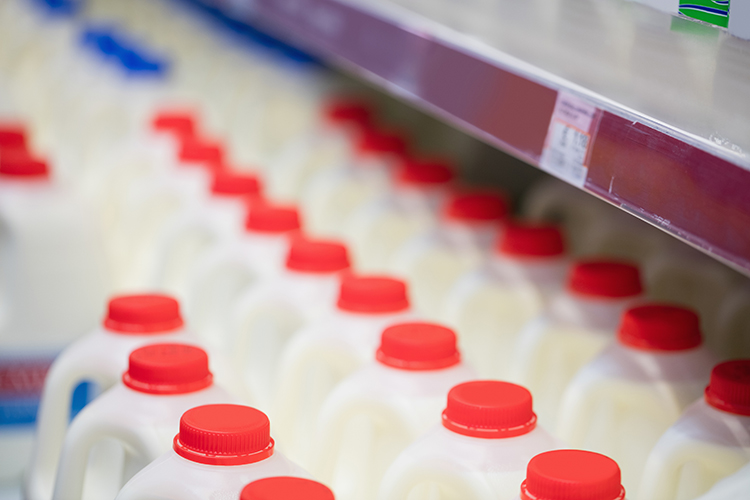
U.S. government dairy purchases helped to push cheese prices to new record highs in 2020, which has put cheese buyers on edge any time there is an announcement about government dairy purchases. In mid-November, the USDA put out a pre-solicitation notice to purchase commodities as part of the $2 billion American Agriculture to Feed Kids & Families package. That in turn pushed cheese and Class III milk futures significantly higher.
This package of spending was first announced back in September. The pre-solicitation notice in mid-November effectively serves as a reminder that they are going to be buying this product and it offered a little more detail. The USDA plans to buy $943 million in commodities for distribution through The Emergency Food Assistance Program (TEFAP). This initiative provides food to food shelves and other qualified organizations. The other money in the package will be used to increased school lunch subsidies and to purchase locally produced food for food shelves. This is an ongoing program, and I haven’t heard of any significant impact on local dairy supplies from this. So, the biggest direct impact to dairy prices from this package would come from the TEFAP commodity purchases.
A little perspective
The $943 million in commodity purchases sounds like a lot, but let’s put this in perspective. First, administrative and distribution costs are subtracted from the $943 million total. This is typically around 20%. So, the USDA will be spending about $754 million on the physical commodities. Those purchases will be spread over fiscal 2023 with delivery happening into fiscal 2024. The Federal fiscal year ends in September, so the purchases will happen over a nine-month period with delivery over a 21-month period. I’m guessing most of the dairy products will be delivered in 2023. Keep in mind, there will be a reluctance to offer fixed price offers for delivery in 2024.
In these commodity purchase programs, about 20% of the money is typically spent on dairy commodities, so we are talking about a total spend of $151 million on dairy products. I think the purchases will mostly be in the form of cheese and beverage milk. They could purchase butter as well; but given the high butter price and lessons learned in 2020, I think they will be careful about disrupting dairy markets and will stay away from the tight butter market.
Working through the numbers, these TEFAP purchases add up to about 0.16% to 0.18% of total milk production in January to September 2023. Purchases could be around 3.2 million pounds of cheese a month and 7 million pounds of bottled milk (800,000 gallons) per month. The purchases would drop off to 0.05% of milk production in the 2024 fiscal year.

To be certain, any time you give something away from free, demand and consumption is going to be higher than it otherwise would have been. So, this program is going to increase dairy demand and consumption. But the increase in demand is small and spread over a long period with plenty of lead time for the industry to plan around this demand. This shouldn’t have much impact on dairy prices.








